Parents looking for elementary schools in China have many choices. Some schools are local public ones. Others are international schools with global programs.
The education system in China is strong. It mixes strict academics with new ways of teaching. Students learn key subjects well and also grow their creativity.
This guide simplifies your search for the perfect fit.
Top-rated 10 Elementary Schools in China
Discover China's best elementary schools, known for academic excellence and holistic development.
Worried about finding the right school for your child in China?
Visit Alifa Edtech to get more details, insights, and information about elementary schools in China. Book a free consultation today!
Shanghai Elementary Schools in China
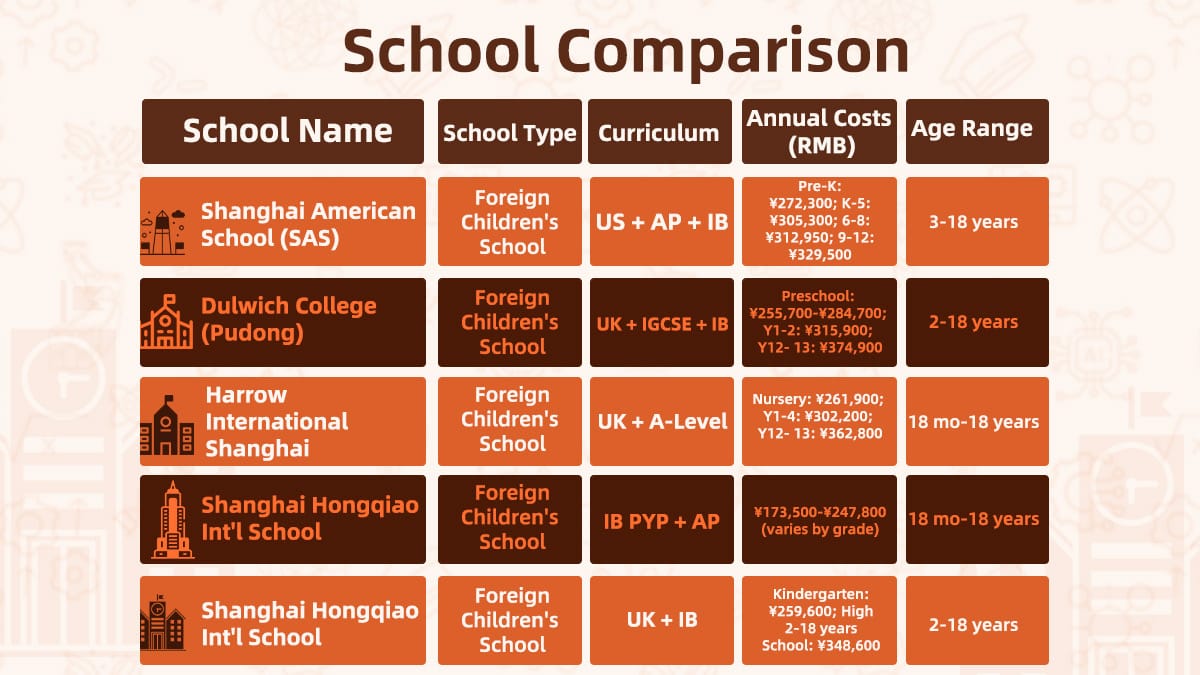
Shenzhen Elementary Schools in China
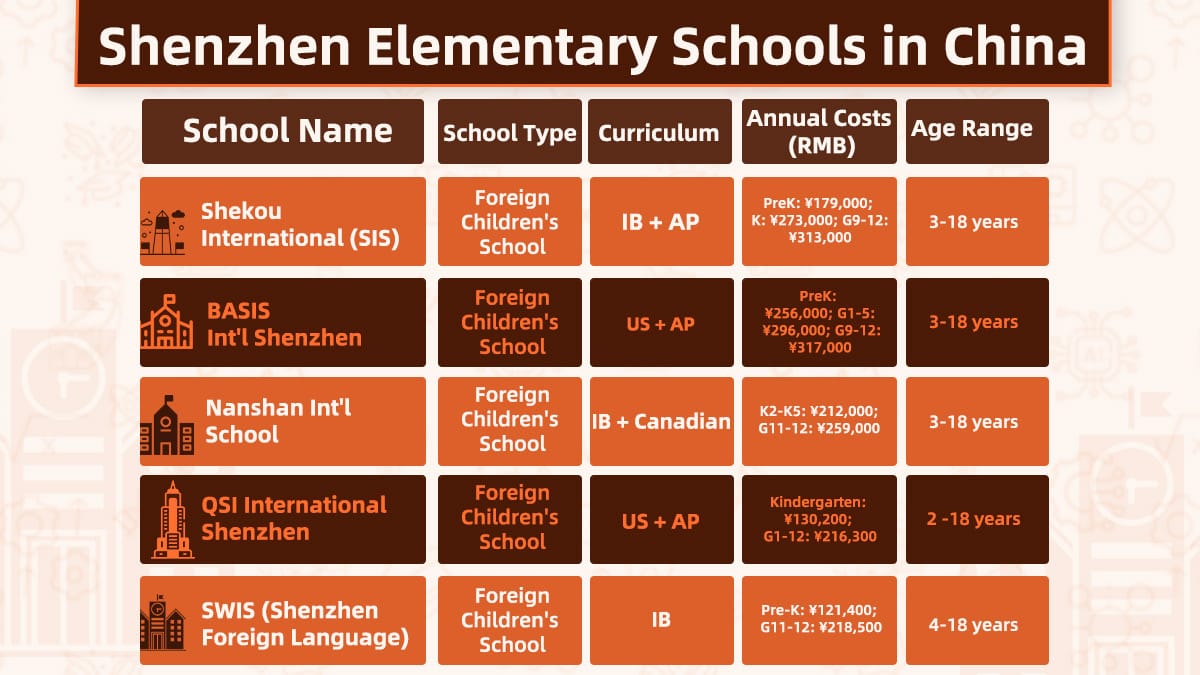
Understanding China’s Elementary School System
China’s elementary schools focus a lot on main subjects. Standardized tests start at an early age. Most children are enrolled, as shown in the education yearbook. Local and international schools can be very different.
China's elementary education lasts six years (ages 6-12). Public schools focus on core subjects like math, Chinese, and science, with strict schedules and frequent tests. With heavy homework, kids typically study from 8 a.m. to 3:30 p.m. The system emphasizes discipline and memorization, preparing students for competitive middle schools.
International schools offer different options. They use foreign curricula (like IB or British systems), teach in English, and have smaller classes. These schools cost more but give kids global opportunities. Bilingual programs are popular, too, mixing Chinese and Western teaching styles.
Moreover, public elementary schools teach entirely in Mandarin, while international schools provide Mandarin classes. Most kids start English lessons in 3rd grade. The school year runs from September to July, with summer and winter breaks.
Help us match families with top schools in China. Take our 1-minute survey to share what matters most.
Consider your child's needs. Public schools work for families staying in China long-term. International schools better suit those planning to study abroad. Visiting schools helps you see which environment fits your child best!
Remember, every child learns differently. China offers good options for all types of students.
Public vs. Private Elementary Schools in China
Compare costs, curricula, and teaching styles between China's public and private elementary education options.
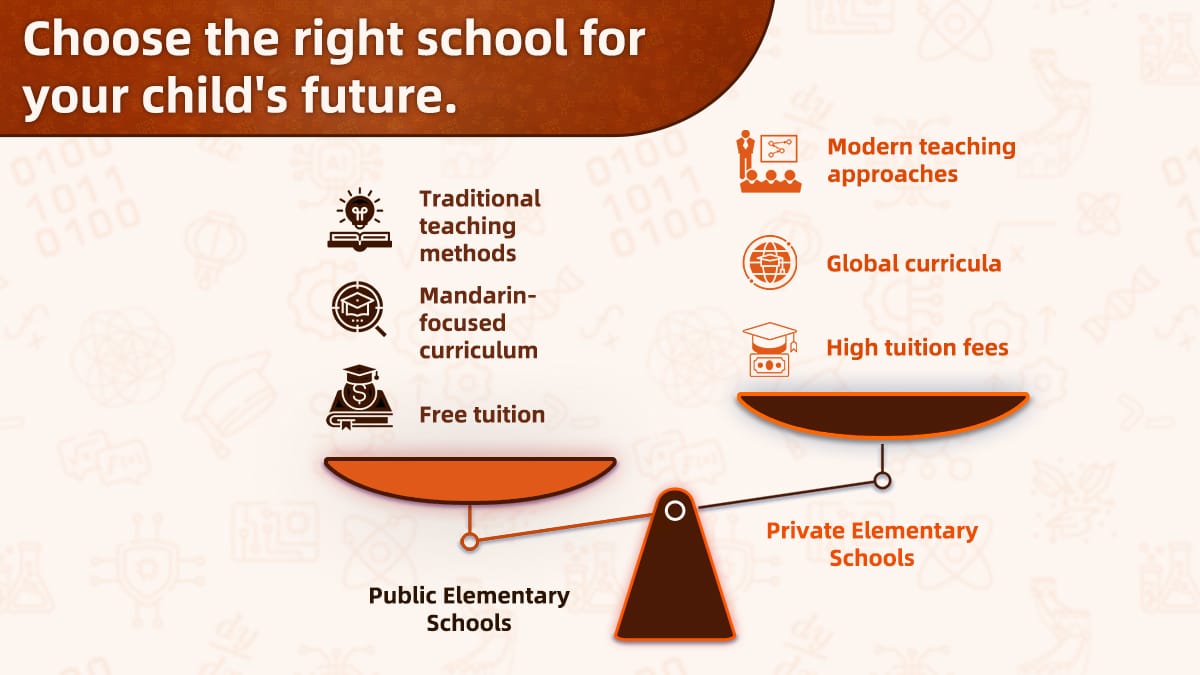
Public Elementary Schools in China
Government-funded primary schools follow national standards. Local authorities run the schools with set rules and lessons. The teachers and buildings are also checked by the Chinese government.
Mandarin-focused curriculum emphasizing core academics, moral development, and discipline. Teachers use old-style ways of teaching with set tests. This helps students get ready for tough high school exams.
Families seeking affordable, traditional Chinese education with strong academic foundations. Ideal for those planning long-term in China or targeting top Chinese middle schools.
Benefits:
- Free tuition with minimal public expenditure on education.
- Strong focus on foundational academic skills for secondary education.
- High-quality full-time elementary school teachers.
- A structured environment promotes discipline and routine in daily life.
- Prepares students for competitive Chinese schools and exams.
Drawbacks:
- Heavy homework loads limit free time.
- A rigid system limits the creative development of students.
- Large class sizes reduce individual attention.
Private Elementary Schools in China
Fee-charging educational institutions, including international, bilingual, and alternative schools. Offer diverse curricula with smaller classes and modern teaching approaches outside national standards.
Bilingual/multilingual programs with global curricula (IB, British, etc.). These schools focus on creativity, thinking skills, and full child growth. They often have fewer students per teacher.
Expat families or locals seeking international education pathways. These schools are best for students who want to speak English well. They also help those planning to study in other countries later.
Benefits:
- Bilingual programs enhance language skills for global opportunities.
- Smaller classes support the personalized development of students.
- Modern facilities and innovative teaching methods.
- Focus on moral development and sustainable development values.
- Smoother transitions to international secondary education.
Drawbacks:
- High expenditure on education with steep tuition fees.
- Limited access to vocational school pathways.
- Less emphasis on traditional Chinese schools’ competitive edge.
Want to put your brand in front of families, students, and education-focused readers? We're inviting select partners to advertise with us on our trusted blog.
Want to get featured? Click 'Learn more' and submit a story for us to include.
Tips for Expat Parents Finding Chinese Elementary Schools
Moving to China with kids? Here's your essential guide to finding elementary education in the Middle Kingdom.
Choosing the Right School Type
Public schools provide quality education at a low cost but have large class sizes. Private education institutions offer smaller average class sizes and bilingual programs. Consider your child's language skills.
Local schools teach in Mandarin, while international ones use school English. Look for schools that balance academics with students' all-round development.
Evaluating Teacher Quality
Qualified teachers in China are plentiful, but teaching strategies differ. Public school teachers focus on test scores. While international schools emphasize process quality and creative thinking.
Visit classrooms to observe interactions. Ask about teacher turnover rates—stable staff indicates better learning outcomes. Don't just rely on academic qualifications.
Preparing for Language Challenges
Most grade school students in public schools achieve a minimum proficiency level in English by sixth grade.
However, beginners will struggle. International students in local schools should get Mandarin tutoring. Many parents hire bilingual tutors to bridge gaps. Look for schools that support both Chinese and your native language for a smoother transition.
Balancing Academics and Activities
Chinese schools prioritize standardized scores, but progressive ones now include physical exercises and arts.
Compare how schools support healthy lives beyond textbooks. Ask about after-school programs that develop creative thinking. The best schools balance book learning with students' all-round development through diverse activities.
Learning Cultural Differences
School program schedules may surprise you—long days with mandatory nap times for younger elementary students. Parent-teacher communication styles differ, too.
Learn about local expectations while advocating for your child's needs. Understanding these nuances helps secure educational equity for your international learner.
Supporting Your Child's Transition
Start with trial days. Prepare for initial challenges in adapting to new teaching strategies. Maintain home routines for stability. Celebrate small wins in language and social adjustment.
Remember, children in developed countries adapt differently. Be patient as they find their footing in this new educational environment.
Planning for Long-Term Success
Consider how elementary education leads to secondary options. Local schools prepare for China's competitive exams, while international schools ease the transition to Western systems. Think about lifelong learning pathways early. The proper foundation now impacts future academic and personal growth.
Every child's journey is unique—with the proper preparation, your family can thrive in China's educational landscape!
Conclusion
Choosing among elementary schools in China depends on your child’s needs and family goals. Public schools offer rigorous academics rooted in Chinese culture, while international options provide global perspectives.
Whether prioritizing Mandarin fluency or bilingual curricula, elementary schools deliver quality education tailored to diverse learners. With research and planning, you’ll find an environment that fosters your child's academic and social growth.
Alifa Edtech specializes in helping expat families find elementary schools in China. We simplify school selection, ensuring your child finds the perfect fit among international or local Chinese schools. Book a free consultation today!
Related Articles
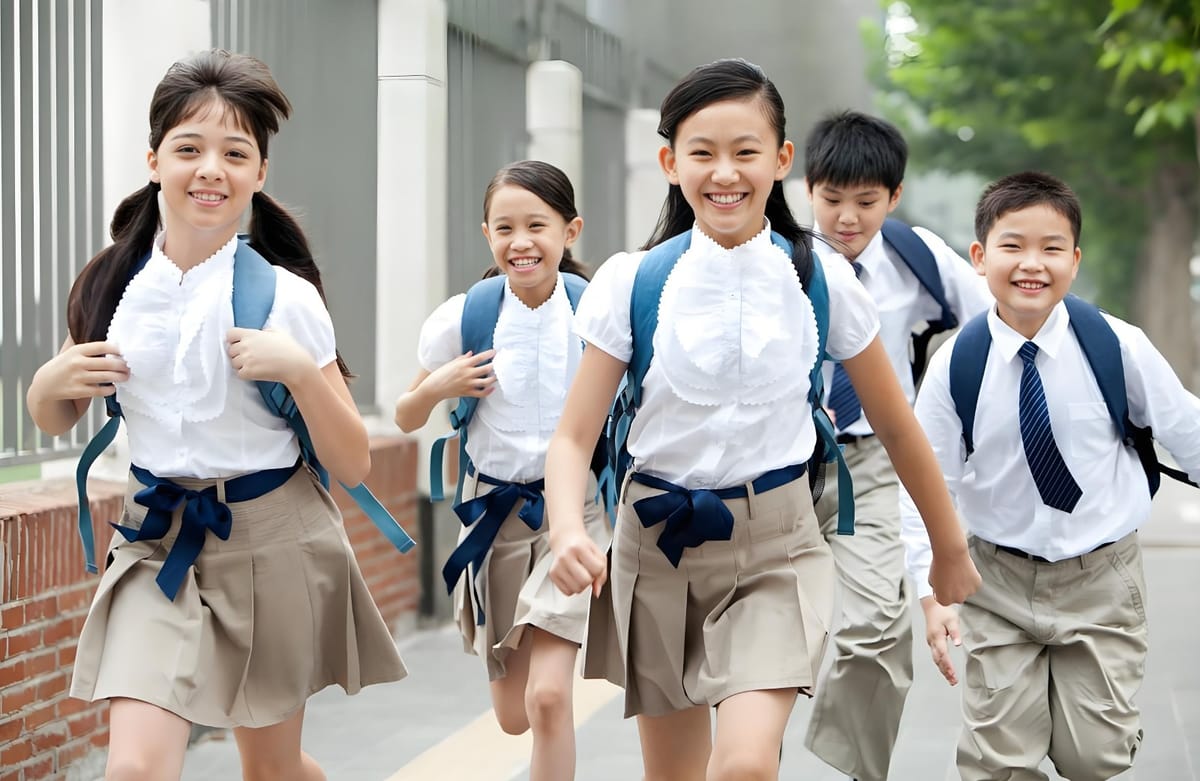
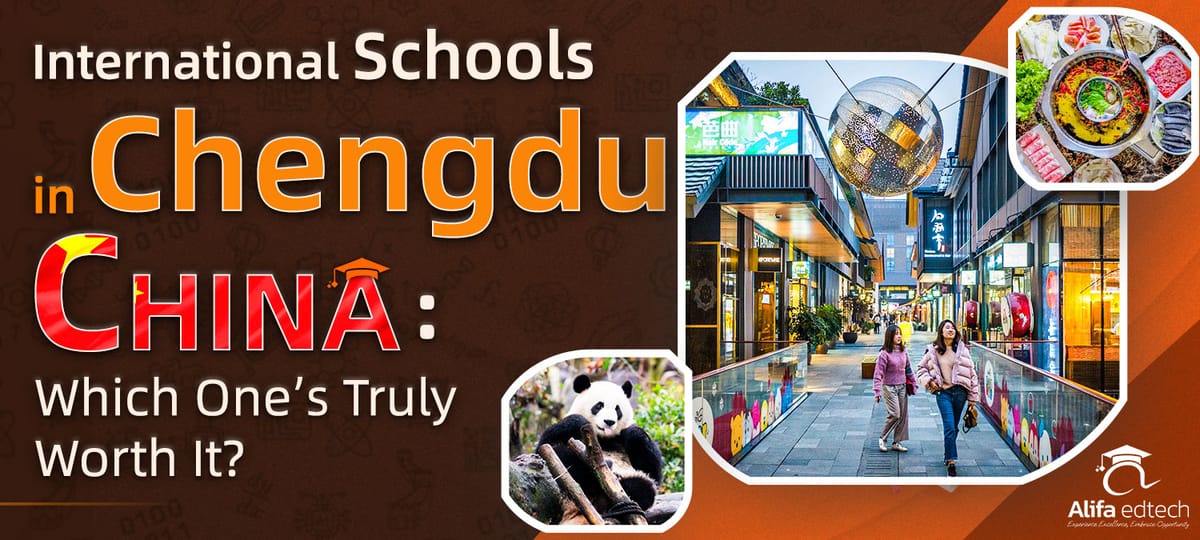
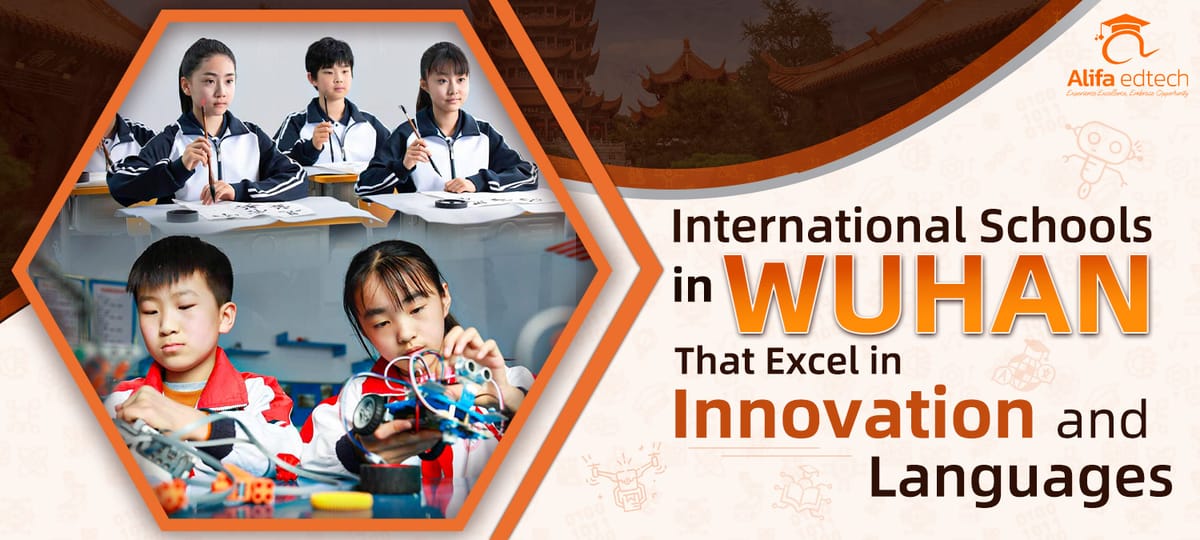

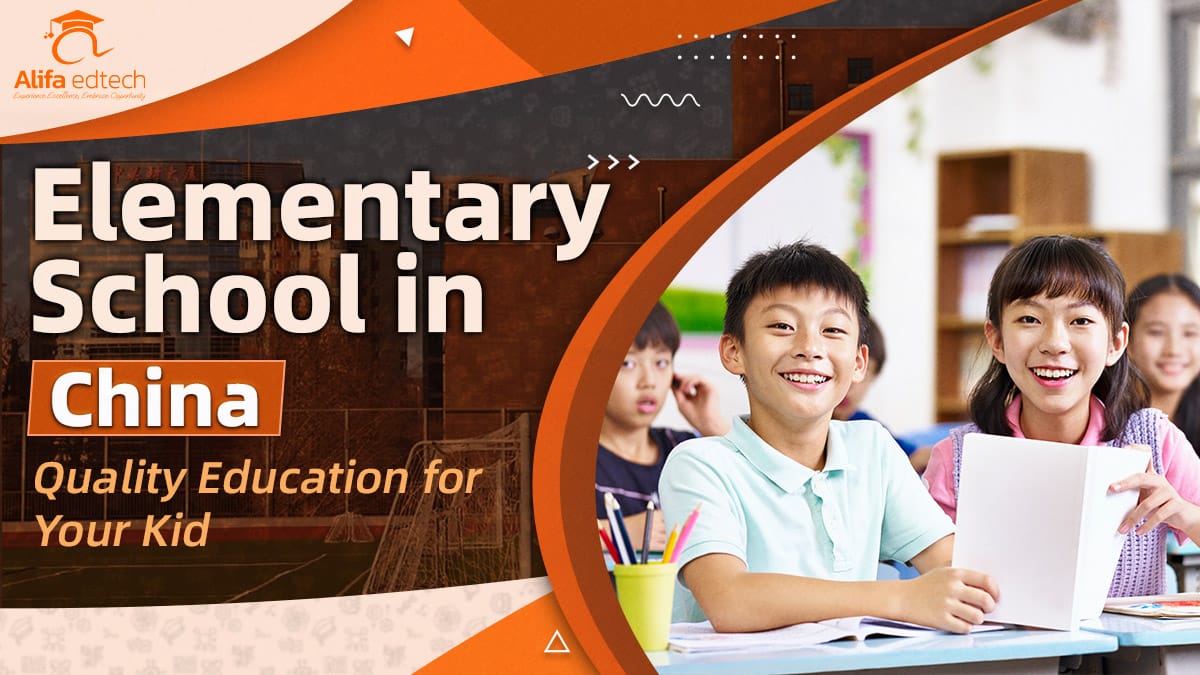


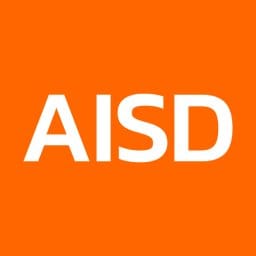
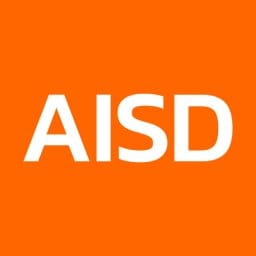




Member comments